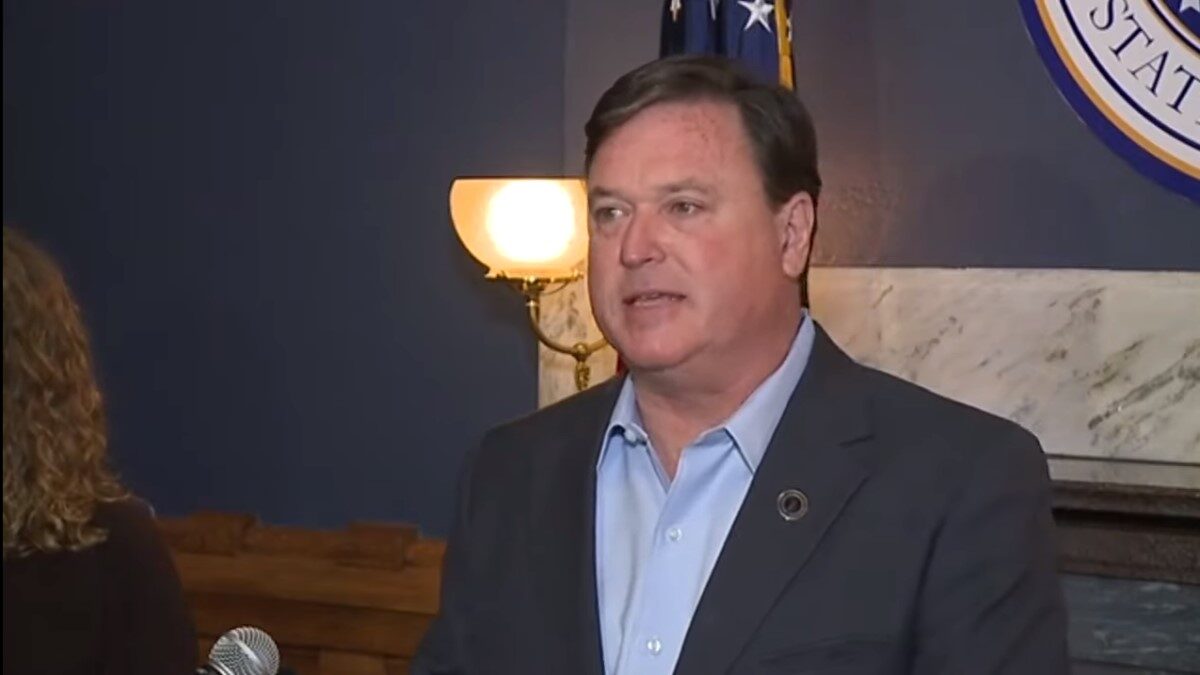
With each passing day, we are bombarded by headlines confirming that there is an opioid epidemic in America. These addiction problems are proving pervasive in every age group, ethnic background, and socioeconomic strata.
In fact, the opioid epidemic is being affirmed as the worst epidemic in U.S. history, with each year seeing more deaths than the year before. Numbers from 2005 to 2014 show a 99 percent increase in emergency room treatment for opioid-related issues. This should not be a surprise when, according to the U.S. Department of Health and Human Services, more than 650,000 opioid prescriptions are dispensed every single day.
Nevertheless, while opioids (the chemical cousin to heroin) are known to be debilitating, addictive, and responsible for tens of thousands of deaths per year, we continue to keep this form of drug use legalized in ways that much less addictive drugs and pharmaceuticals are. We’ve also seen the dark web embrace the ability to send deadly drugs via mail unmonitored while alternative pharmaceuticals are censored diligently.
Opioid prescriptions cost Americans $55 billion in health and social costs each year, $20 billion of which is in emergency department and inpatient care for opioid poisoning. This leaves many governors and state directors of public health looking for alternative solutions and funding.
Marijuana Legalization Takes Down Opioid Use
Sadly, while media outlets report the growing number of deaths and relay stories of destruction, very few aim at finding or promoting solutions. But one need not look further than the medical community to find alternatives. The number one alternative of choice? Cannabis.
While many jump to visuals of kids smoking weed, the real science behind cannabis and cannabinoids (the chemical compounds active in marijuana) gives hope to researchers around the world. Here in the United States, states that have legalized medical marijuana are already touting the early findings of drastic opioid use decreases. According to report published in the journal Health Affairs, doctors who live in states where medical marijuana is legal prescribe almost 2,000 fewer doses of painkillers a year.
The hardest argument to date about replacing many opioid prescriptions with other forms of pain management like cannabis is that the stigma has been greater than the science. According to the dean of the University of South Florida College of Pharmacy, Kevin Sneed, “The societal stigma of cannabis has cast a dark shadow over the scientific discoveries that have occurred over the past several decades. Research will uncover new nano-delivery formulations for medicinal purposes that will lead to an improved quality of life for potentially millions of people worldwide suffering from numerous health ailments.” Further, he contends that, “American ingenuity to relieve human suffering is necessary to keep us at the forefront of scientific discovery across the globe.”
Research Is Finding Amazing Legitimate Uses for Pot
No pot jokes here. Of the 500-plus chemical compounds in cannabis, more than 80 are classified as cannabinoid, each of which exhibit very different functions with very different effects in the human body. There are also synthetic cannabinoids. To date, the scientific strides (which are being primarily done in countries outpacing the United States in research) have shown that these compounds can be everything from anti-inflammatory to anti-tremor to anti-oxidant/neuroprotective. Further, they potentially alleviate side effects of other pain management drugs.
Garyn Angel, the founder of nextCANNABIS, explains that, “Governments worldwide are reducing access to prescription opioids because of the overdose epidemic. Opioid receptors are abundant in the brainstem and over consumption shuts down respiration. Early research indicates patients will voluntarily substitute opioid intake with cannabis. Cannabinoids—when delivered efficiently into the bloodstream—have a profound effect on overall well-being.”
He goes on to give specific examples, such as: “The molecule cannabidiol is a non-psychotropic opioid alternative. Because it has few side effects, there are no known abuse liabilities and it is non-lethal. Thus, cannabis offers a paradigm shift for public health and a transition away from traditional pain management medicines.”
But the lobbying groups for drug companies are making this research and legalization far more difficult. Drug companies frequently lobby federal and state governments to prohibit medical marijuana laws. According to the Associated Press and the Center for Public Integrity, “Drug companies and allied advocates spent more than $880 million on lobbying ad political contributions at the state and federal level over the past decade.” Why wouldn’t they, when almost 80 percent of the global opioid supply is consumed in the United States although we make up only 5 percent of the world’s population? And it’s an estimated $24 billion market.
When opioid overdoses claim 91 lives per day, talking about the crisis is no longer acceptable. It’s an injustice. We need alternative options and we need solutions, including policy change, that supports non-opioid pain management.









